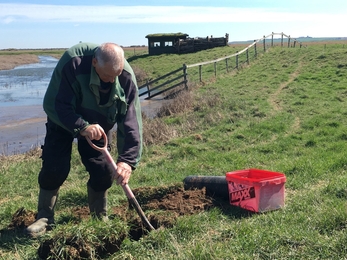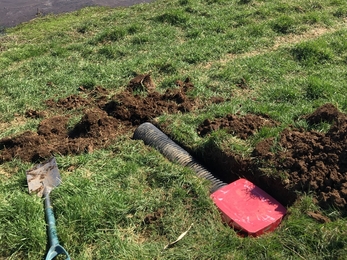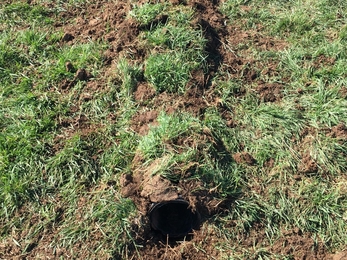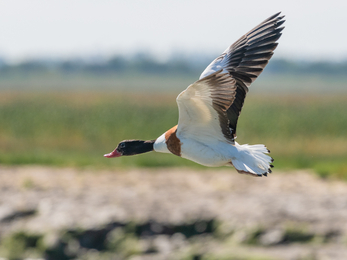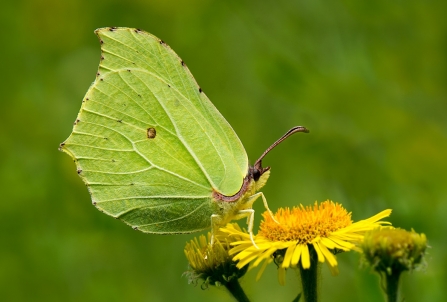River Champions launch
This month, the new River Champions scheme was launched at Essex and Suffolk Water’s Hanningfield Water Treatment Works.
After talks from the Wilder Rivers and Wilder Communities team, participants were able to dive nose-first into the world of water quality testing – taking part in a ‘Taste and Odour’ session and enjoying a tour around the water quality labs.
River Champions is an evolution of the River Wardens scheme, that will enable many more people to take action for their river and help achieve our goal of 1 in 4 people acting for wildlife.
River Champions, as part of our Team Wilder approach, introduces a much stronger community-led focus – encouraging groups to self-organise events and projects, with guidance and support from our Wilder Communities team.
The citizen science projects – such as River Walkovers, Riverfly, eDNA surveying - will continue to go ahead as before, and will be coordinated by our Wilder Rivers team.




